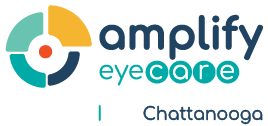This study confirms that in a dark or lighted virtual environment, subjects walk and throw short of the target. It shows that, if they are given error feedback, subjects quickly correct the trained response to be near the target distance on average. Transfer tests show that throw training acts to produce near accurate throwing and walking. Walk training produces near accurate walking and improves throwing slightly. When, after the training and transfer test, subjects are instructed to respond to the perceived positions, some throw-trained subjects revert to their initial stage 1 responses and some show no reversion. Overall, walk-trained subjects show partial reversion, consistent with partial nulling the cognitive transform, but not the walk transform. Within a stage, responses are stable, except for stage 2, in which responses change rapidly in the first session. The results are accounted for by models in which different sets of a perceptual, a cognitive, and a motor transform are applied to determine the response functions in each condition. The effect of error feedback is to change one or both of these transforms.






